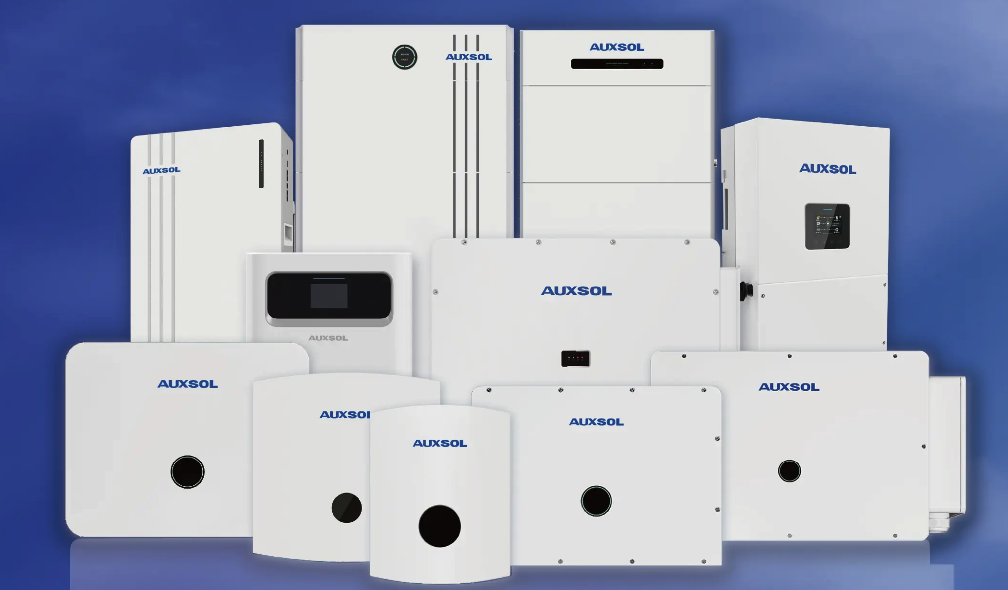Introduction
Fatigue is subtle and cumulative. You might not notice it on a single leg, but over a roster of long hauls it erodes reaction time and decision clarity. Better noise management is an underrated lever to reduce that fatigue. When the cockpit hum is controlled, your brain spends less effort filtering sound and more on critical flying tasks.
Start by choosing tools that actually address the continuous engine and airflow noise that drains energy. Pilots who manage noise effectively sleep and recover better between duties.
How noise steals mental energy
Continuous low-frequency noise is especially tiring. It does not register as an emergency sound, but it pulls at attention nonetheless. Over several hours the effect accumulates and leads to cognitive fatigue. In practice, this shows up as slower checklist completion, less precise callouts, and a general sense of mental depletion.
If you care about sustained performance, you need the best earplugs for aircraft noise that target those specific frequencies.
Layered noise management works best
Don’t rely on a single fix. Use quality earplugs to lower the baseline noise floor and pair them with active or passive noise-reduction headsets for peaks and variable noise. That layered approach reduces the need to crank headset volume and keeps the signal-to-noise ratio favorable for speech.
Many long-haul crews find that this combined strategy reduces end-of-duty tiredness significantly.
Fit, comfort, and their role in fatigue reduction
Comfort is directly linked to fatigue. If you constantly adjust your ear protection, you lose micro-attention and expend unnecessary energy. Custom or well-fitted plugs keep the seal consistent so you maintain concentration without distraction.
Using the best airplane earplugs is not just about loudness numbers. It is about how those plugs feel over eight, ten, or twelve hours and whether they stay comfortable without constant fiddling.
Operational habits that support noise control
Small cockpit habits compound into meaningful gains. Set headset volume to the lowest effective level. Structure crew briefings to minimize long periods of high background noise. Keep cabin announcements concise and coordinated. These practices help reduce overall exposure and make hearing protection more effective.
When teams pair these habits with the right gear, fatigue metrics improve.
Maintenance and hygiene to preserve performance
Aging or dirty earplugs lose elasticity and seal quality, which forces crews to increase volume. Clean reusable plugs after flights and replace disposable tips according to a schedule. Maintain headset cushions and microphone placement for clear communication at lower volumes.
Maintaining your gear preserves the performance that reduces fatigue in the long run.
Real-world results from better noise management
Crews who adopt layered approaches and prioritize fit report tangible results. They feel less drained after long flights, show improved alertness during critical phases, and require fewer in-flight breaks to refocus. Those qualitative improvements also translate to safer, more consistent operations.
Choosing the best earplugs for aircraft noise and pairing them with suitable headsets is a straightforward change with measurable benefits.
Where to start if you’re the decision maker
If you manage a team or fleet, start with trials. Let crews test a selection of plugs and headset combinations over real rotations. Gather feedback on comfort, speech clarity, and perceived fatigue. Use that data to select models that offer the best balance of protection and usability.
Trial-driven selection reduces risk and ensures the chosen solutions actually work in your operational environment.
Conclusion
Reducing fatigue on long hauls is largely about managing the constant drain of aircraft noise. A layered approach, attention to fit and comfort, and simple operational habits create measurable gains. If you want crews who finish long rotations sharper and less tired, prioritize the best earplugs for aircraft noise, pair them with appropriate headsets, and keep a focus on hygiene and maintenance. The payoff is clearer thinking at hours that matter most.









